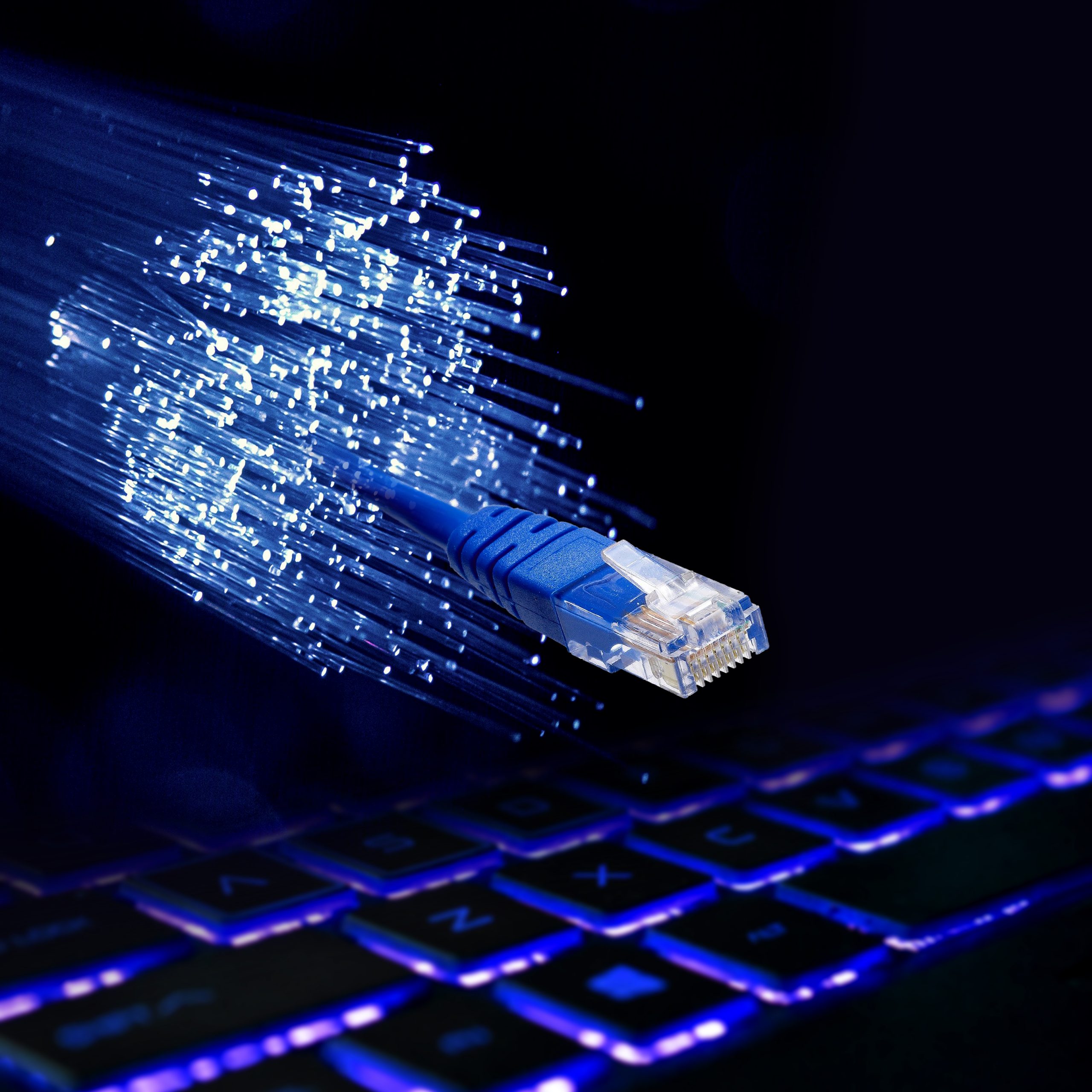Why should you switch to fiber optics?
An advance type of network cable known as Fiber optics is leaps and bounds ahead of the traditional copper wire.
It’s basic purpose is the same as traditional copper cable. It is used to move information through pulses of light which passes through several glass or plastic pipes. The width of each fiber optic strand is more than a single hair and each strand is wrapped by another layer of glass or plastic. However, the upper layer has different density than the layer beneath it. This upper layer is further surrounded by a few more insulated layers, which are further wrapped with a protective buffer tube. Finally, the buffer tube is surrounded by the most outer layer which is there to protect the whole cable.
Importance of Fiber Optics
Most of the IT experts are now shifting towards Fiber optics. We are mentioning few of the reasons here, as to why you should think about switching towards fiber optics rather than traditional copper wire.
- Quick Transmission:
Although the general way to estimate the rate of data transfer is through bandwidth, but nowadays it is calculated in the unit of gigabits/terabits data transfer per second.
The maximum transmission of data in copper wire is 40 gigabits per second. However, the fiber optics is able to transmit the data almost at the speed of light.
- Large distance coverage:
Fiber optic cables are able to transfer data over much larger distances than copper cables, even after experiencing the same issue of weakening of signals as the distance increases. But the differences are great.
The fiber optics can transmit the data perfectly to over 24 miles, whereas the copper cables are only able to cover the length of 100 metres.
- Indifference to electromagnetic interference:
The copper wires usually create interference in the surrounding area of cables. If there are too many cables near each other it could impede the required message. This could compel to costly retransmission and can even cause security threats. This is not the case in fiber optic cables as fiber optics are impenetrable by the EMI.
- Effective cable management:
Due to narrow strands, fiber optic cables can save your space and still can transmit a large amount of data over larger distance. Moreover, due to small space coverage, it is easier to reach the device which is connected to it.
The strands of copper wires are approximately 4 times wider than fiber optic cable strands.
Because of its efficiency and high transmission capacity, fiber optic transmission is widely employed for data transmission and is progressively being used in place of metal cables. Fiber optic cables have mostly replaced traditional copper twisted-pair cable or coaxial cable. There is no doubt that as the use and demand for high bandwidth and fast speeds grows, fiber optic transmission will provide more options and will be continuously investigated and expanded to meet future demands.


